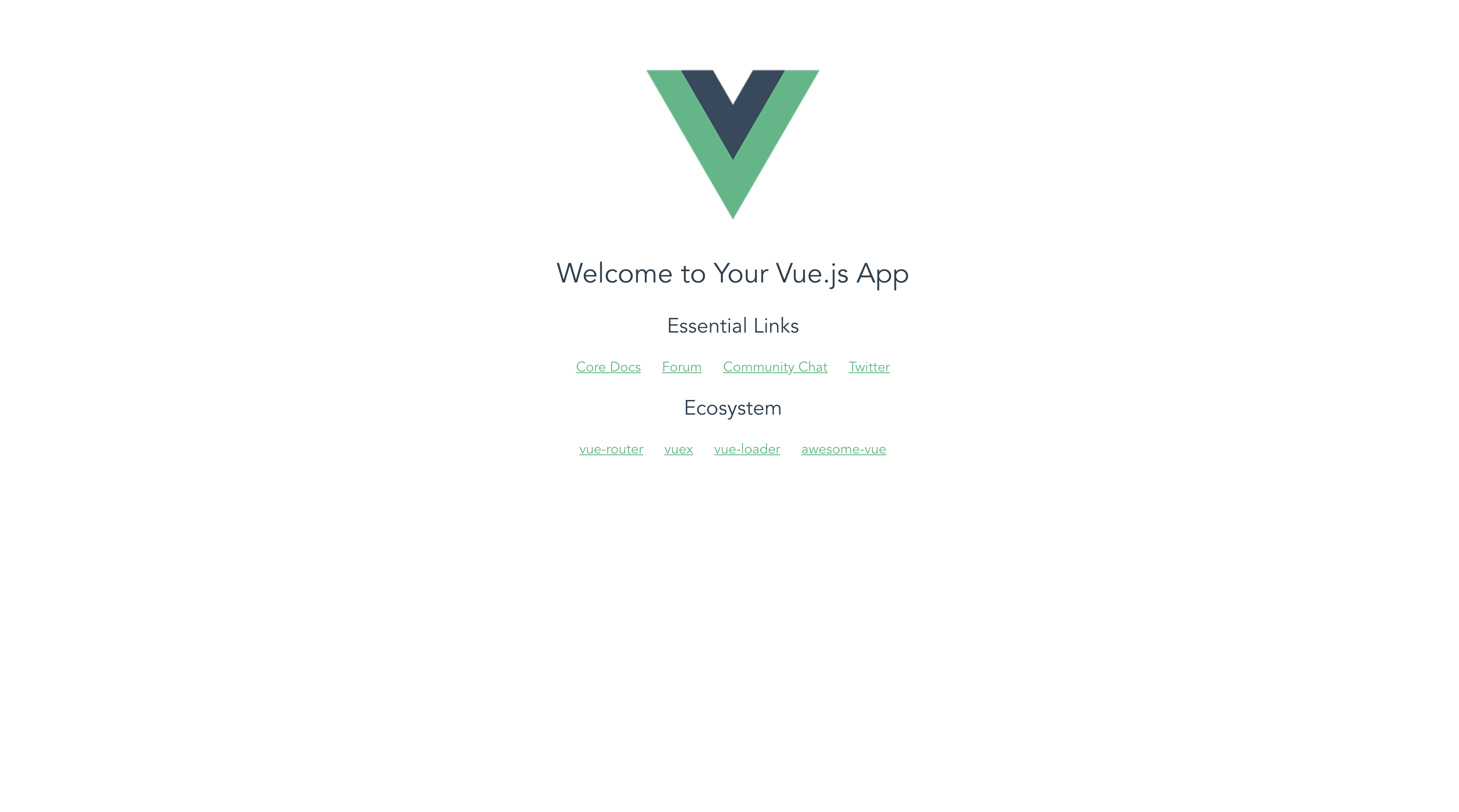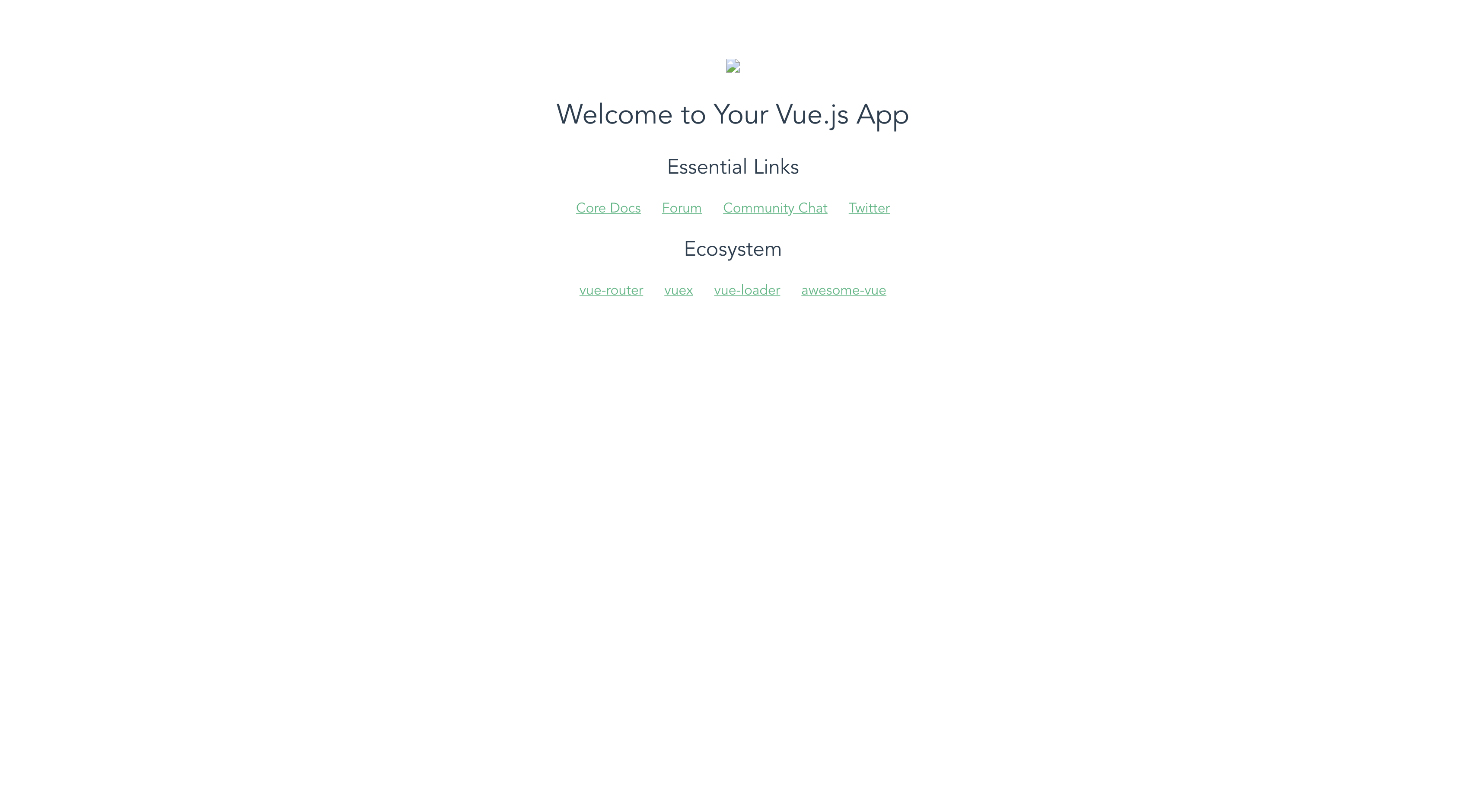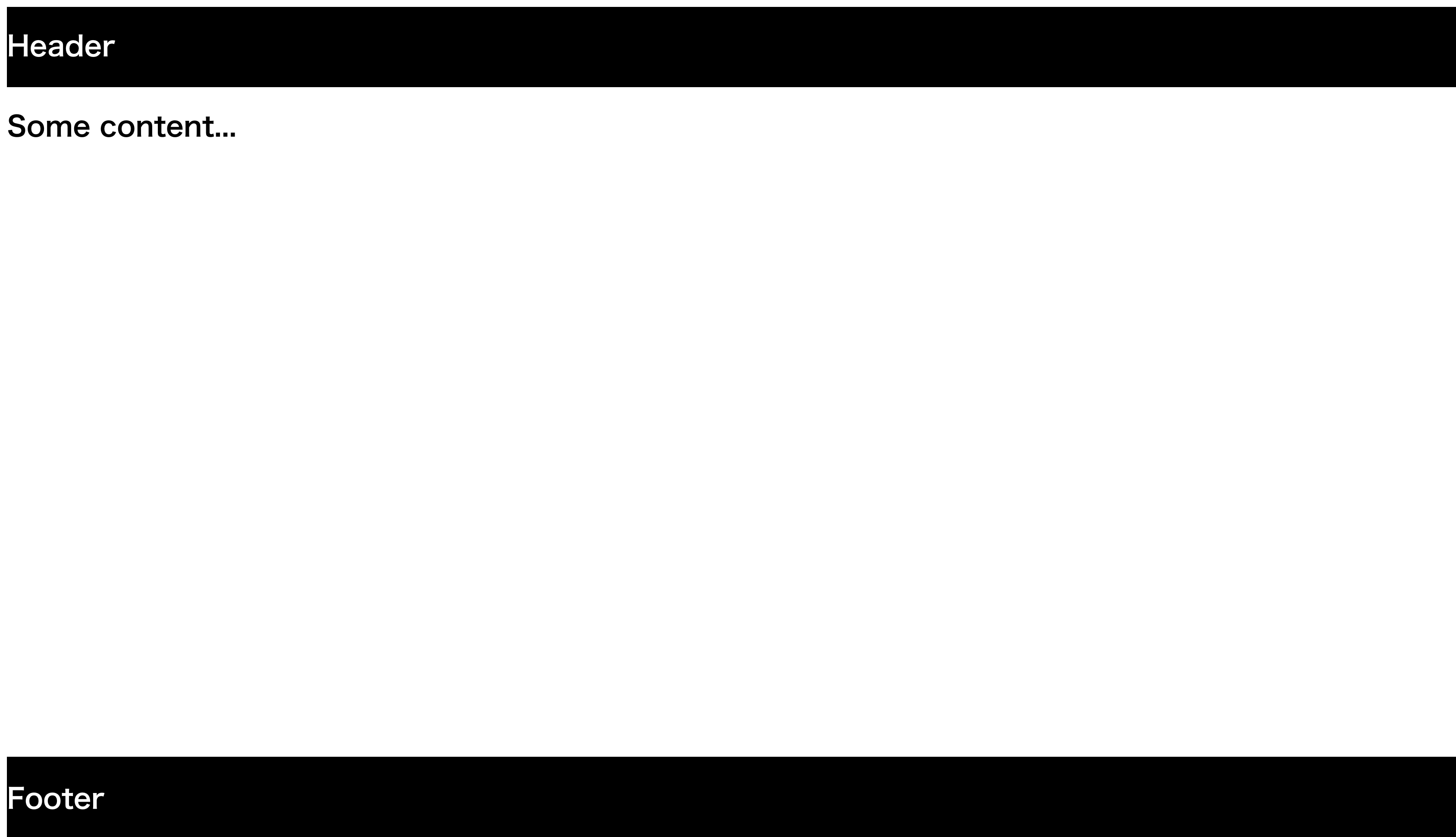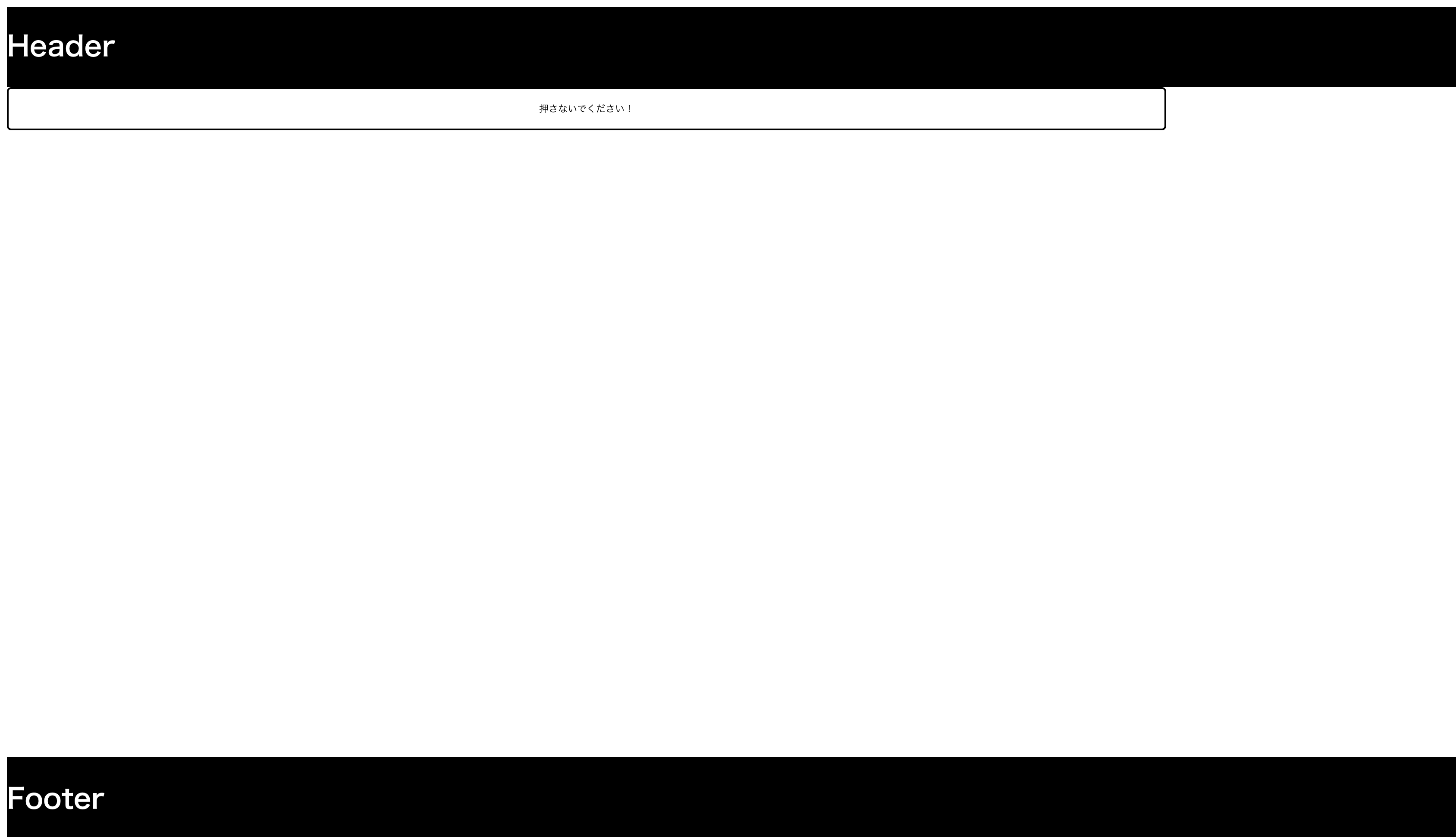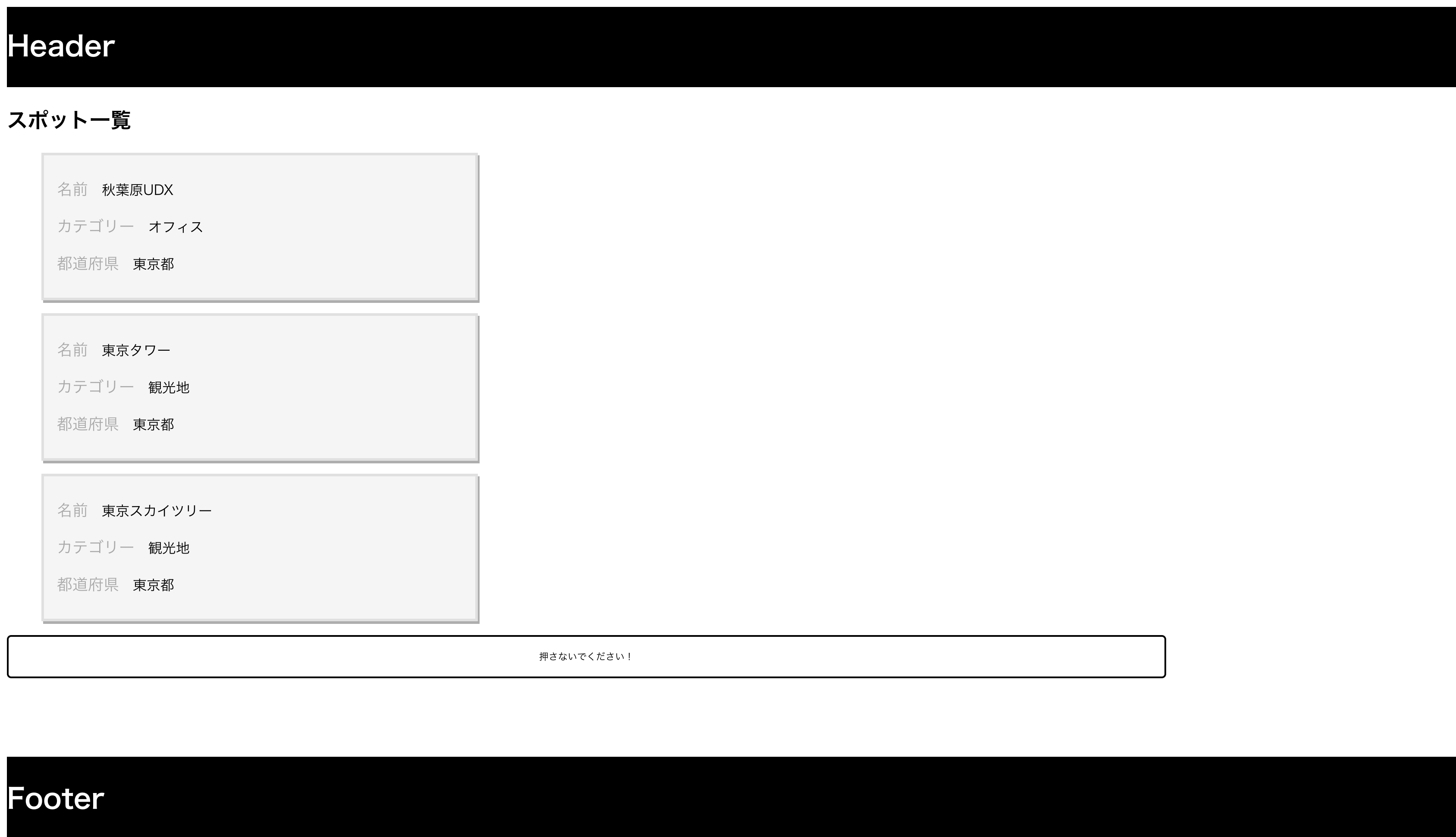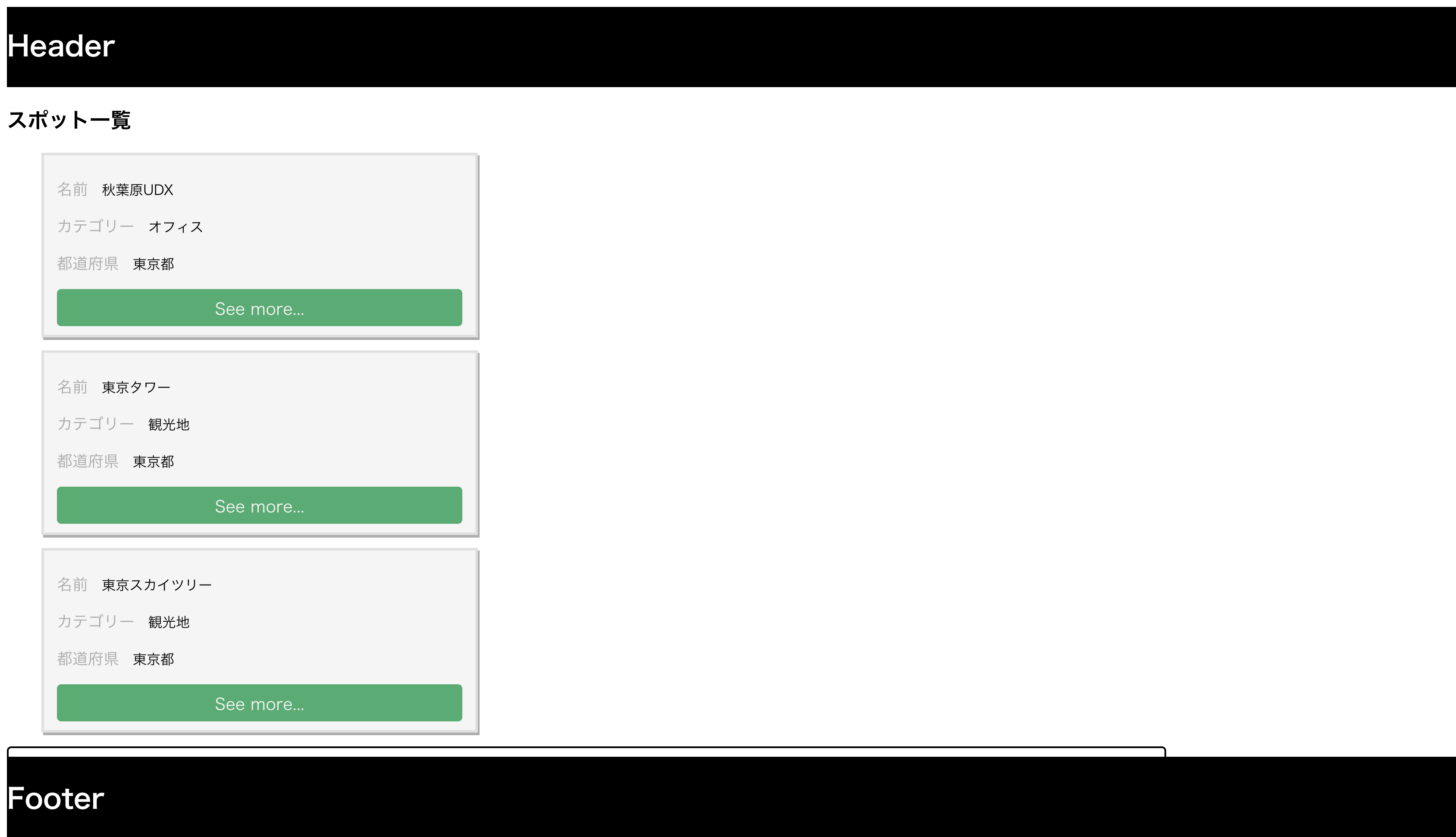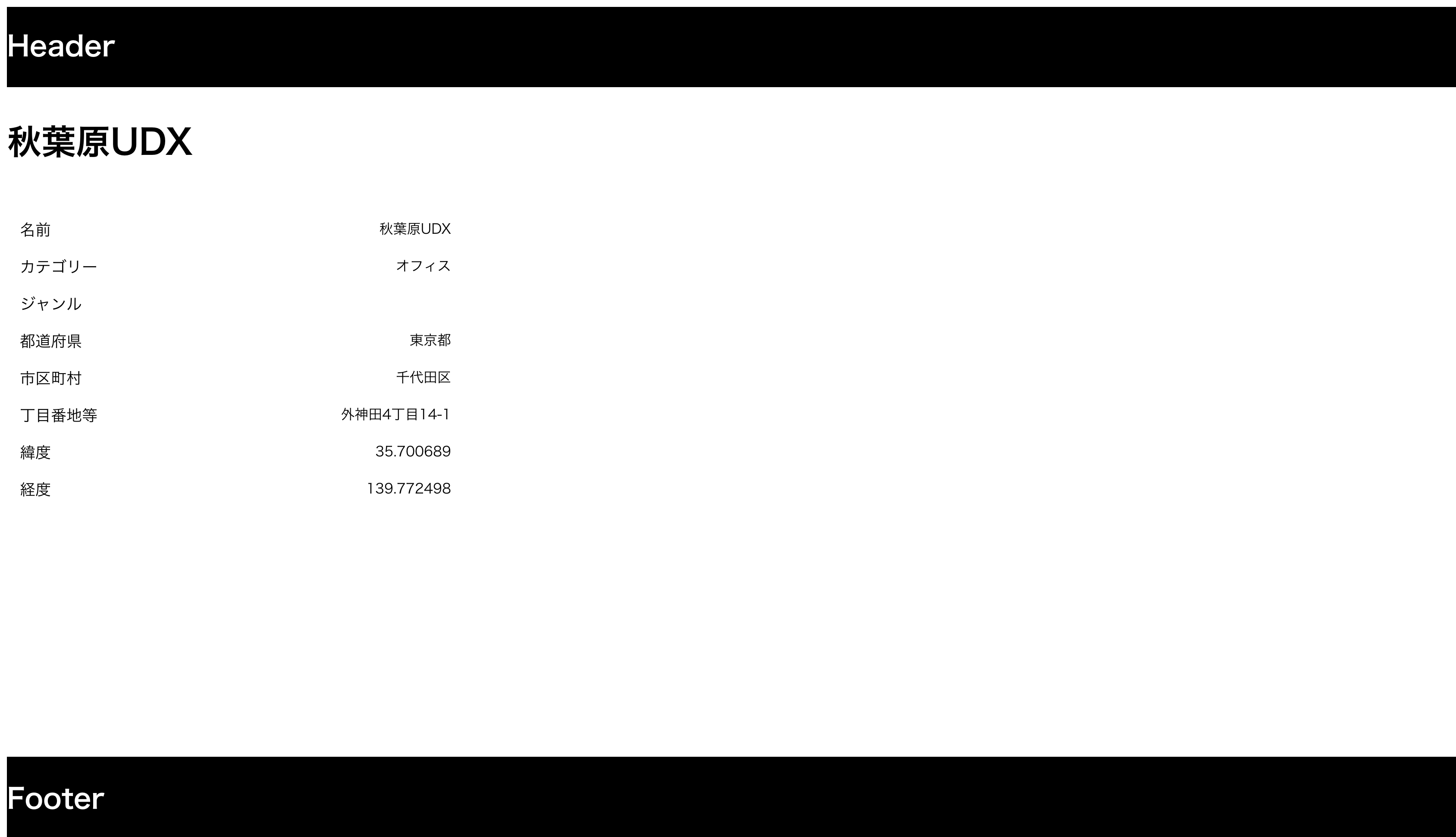はじめに
この記事はMisoca+弥生+ALTOA Advent Calendar 2018の24日目のエントリーになります。
フロントエンドの勉強のためVue.jsを使用してシングルページアプリケーションを試してみました。
Angular、Reactと比較してVue.jsが一番学習量が少ないだろうと思い、今回はVue.jsを選択。
また普段Djangoを使用しているためDjango REST frameworkと合わせて動かしてみました。
*とりあえず動くかすことが目的のためかなり説明少ないです..
Django REST framework
Django REST frameworkで簡単なAPIを作成します。長くなりそうなので別の記事にしました。
Django REST frameworkでAPIを作ってみた
Vue.js
node
まずはnode.jsのバージョンを管理するためにnodebrewをインストールします。
$ brew install nodebrew
$ echo 'export PATH=$HOME/.nodebrew/current/bin:$PATH' >> ~/.bash_profile
$ source ~/.bash_profile
$ nodebrew setup
$ nodebrew install-binary stable
$ nodebrew use v10.14.2
これでnode v10.14.2が使用できます。
Vue.js
DjangoとVue.jsを共存させます。
すでに作ったDjangoのプロジェクトのプロジェクトディレクトリに移動して、vueを追加します。
$ npm install -g vue-cli
$ vue init webpack-simple
質問を聞かれますが、適当に答えてください。
Generate project in current directory ? Yes
? Project name : myproject
? Project description : A Vue.js project
? Author : default
? Lincense : default
? Use Sass : Yes
すると色々なファイルが作成されて、プロジェクトの中が以下のようになるはずです。
myproject
|_ myproject
|_ __init__.py
|_ settings.py
|_ urls.py
|_ wsgi.py
|_ myapp
|_ migrations
|_ __init__.py
|_ admin.py
|_ apps.py
|_ models.py
|_ renderers.py
|_ tests.py
|_ urls.py
|_ views.py
|_ manage.py
|_ db.sqlite3
|_ src
|_ assets
|_ App.vue
|_ main.js
|_ .babelrc
|_ .editorconfig
|_ index.html
|_ manage.py
|_ package.json
|_ README.md
|_ webpack.config.js
そしてnpm installを実行するとpackage.jsonに記載されているpackageがインストールされます。
npm install
ここで正しくインストールされた確認するために、サーバを起動します。
npm run dev
この画面が表示されたらインストールは成功してそうです。
Vue.js + Django
ここからはDjangoとVue.jsを統合していきます。
まず必要となるプラグインをインストールします。
npm install webpack-bundle-tracker --save-dev
npm install write-file-webpack-plugin --save-dev
次にインストールしたプラグインを利用するため、webpack.config.jsに追加します。
var path = require('path')
var webpack = require('webpack')
var BundleTracker = require('webpack-bundle-tracker')
var WriteFilePlugin = require('write-file-webpack-plugin')
module.exports = {
entry: './src/main.js',
output: {
path: path.resolve(__dirname, './dist'),
filename: 'build.js'
},
plugins: [
new BundleTracker({filename: 'webpack-stats.json'}),
new WriteFilePlugin()
],
module: {
rules: [
...
resolve: {
alias: {
'vue$': 'vue/dist/vue.esm.js',
'@': path.resolve(__dirname, 'src')
},
extensions: ['*', '.js', '.vue', '.json']
},
...
以下のコマンドでビルドするとdistにビルドされたファイルができます。
npm run build
Djangoの方も設定します。
必要なdjangoのプラグインをインストール。
pip install django-webpack-loader
その後、settings.pyを変更します。
...
INSTALLED_APPS = [
'django.contrib.admin',
'django.contrib.auth',
'django.contrib.contenttypes',
'django.contrib.sessions',
'django.contrib.messages',
'django.contrib.staticfiles',
'rest_framework',
'myapp',
'webpack_loader', #追加
]
...
TEMPLATES = [
{
'BACKEND': 'django.template.backends.django.DjangoTemplates',
'DIRS': [BASE_DIR], #変更
'APP_DIRS': True,
'OPTIONS': {
'context_processors': [
'django.template.context_processors.debug',
'django.template.context_processors.request',
'django.contrib.auth.context_processors.auth',
'django.contrib.messages.context_processors.messages',
],
},
},
]
...
STATIC_URL = '/public/' #変更
# 以下追加
STATIC_ROOT = os.path.join(BASE_DIR, 'public')
STATICFILES_DIRS = (
os.path.join(BASE_DIR, 'dist'),
)
WEBPACK_LOADER = {
'DEFAULT': {
'CACHE': not DEBUG,
'BUNDLE_DIR_NAME': '',
'STATS_FILE': os.path.join(BASE_DIR, 'webpack-stats.json'),
'POLL_INTERVAL': 0.1,
'TIMEOUT': None,
'IGNORE': ['.+\.hot-update.js', '.+\.map']
}
}
index.htmlでbundle.jsを呼ぶようにします。
<!DOCTYPE html>
<html lang="en">
<head>
<meta charset="utf-8">
<title>saicoro</title>
</head>
<body>
{% load render_bundle from webpack_loader %}
<div id="app">
<app></app>
</div>
{% render_bundle 'main' %}
</body>
</html>
urls.pyでindex.htmlを呼ぶようにします。
from django.contrib import admin
from django.urls import path
from django.conf.urls import include, url
from rest_framework import routers
from myapp import urls
from django.views.generic import TemplateView
from django.contrib.staticfiles.urls import staticfiles_urlpatterns
router = routers.DefaultRouter()
urlpatterns = [
path('admin/', admin.site.urls),
url('api/', include(router.urls)),
url('api/', include(urls, namespace='spots')),
url('', TemplateView.as_view(template_name='index.html'), name='Home'),
]
urlpatterns += staticfiles_urlpatterns()
タグをmain.jsを定義。
import Vue from 'vue'
import App from './App.vue'
new Vue({
el: '#app',
components: {
'app': App
}
})
Vue.jsのアプリをビルドし、Dajngoのサーバを起動します。
$ npm run build
# 静的ファイルを一箇所に集める
$ python manage.py collectstatic
$ python manage.py runserver
これでDajngoとVue.jsを共存させることができました。
ブラウザで http://localhost:8000/ アクセスするとVue.jsのデフォルト画面が表示されるはずです。
Components
すべての画面で利用するHeaderとFooterのコンポーネントを作ります。
まずcssをビルドするのに必要なloaderをインストールします。
$ npm install --save-dev node-sass sass-loader
webpack.config.jsに以下を追加します。
...
{
test: /\.(css|sass)$/,
loader: ['node-sass', 'sass-loader']
}
...
Header
<template>
<header>
<h1>Header</h1>
</header>
</template>
<script>
export default {
data() {
return {
}
}
}
</script>
<style scoped lang="sass">
header
display: flex
background-color: #000000
border-bottom: 2px solid darken(#000000, 30%)
color: #ffffff
</style>
Footer
<template>
<footer>
<h1>Footer</h1>
</footer>
</template>
<script>
export default {
data () {
return {
}
}
}
</script>
<style scoped lang="sass">
footer
position: fixed
bottom: 0
width: 100%
background-color: #000000
border-top: 2px solid darken(#000000, 20%)
color: #ffffff
</style>
App.vue
<template>
<div id="app">
<MyHeader></MyHeader>
<h1> Some content... </h1>
<MyFooter></MyFooter>
</div>
</template>
<script>
import MyHeader from '@/components/Header'
import MyFooter from '@/components/Footer'
export default {
components: {
MyHeader,
MyFooter
}
}
</script>
<style scoped lang="sass">
html, body
margin: 0
min-height: 100vh
</style>
画面を確認します。
$ nmp run build
$ python manage.py collectstatic
$ python manage.py runserver
Button.vue
APIを呼ぶためのボタンを配置するコンポーネントを作成します。
<template>
<button type="button" @click="goTo">押さないでください!</button>
</template>
<script>
export default {
props:{
pathname: {
type: String,
required: true
}
},
methods: {
goTo() {
this.$router.push({name: this.pathname})
}
}
}
</script>
<style scoped lang="sass">
button
width: 80%
background-color: transparent
color: #000000
border: 2px solid #000000
border-radius: 5px
min-height: 50px
text-transform: uppercase
&:hover
background-color: #ffefd5
color: #000000
border-color: #000000
</style>
またボタンを配置するコンポーネントも作成。
<template>
<section class="container">
<redirectButton pathname="spot"></redirectButton>
</section>
</template>
<script>
import redirectButton from '@/components/Button'
export default {
components: {
redirectButton
}
}
</script>
ボタンを配置したHome.vueを結びつけます。
$ npm install --save vue-router
import Vue from 'vue'
import Router from 'vue-router'
import Home from '@/views/Home'
Vue.use(Router)
export default new Router({
routes: [
{
path: '/',
name: 'home',
component: Home
}
]
})
App.vueを更新してHome.vueを配置します。
<template>
<div id="app">
<MyHeader></MyHeader>
<router-view></router-view>
<MyFooter></MyFooter>
</div>
</template>
...
import Vue from 'vue'
import App from './App.vue'
import router from '@/router'
new Vue({
el: '#app',
router,
components: {
'app': App
}
})
画面を確認します。ボタンが表示できていると思います。
nmp run build
python manage.py collectstatic
python manage.py runserver
ボタンを押しても何も表示されません。とりあえず配置したかたちになります。
Vuex
Django REST frameworkで作成したAPIから情報を受け取り、画面に表示されるように実装していきます。
API呼び出し
まず必要なパッケージをインストールします。
npm install --save axios vue-axios vuex
APIの呼び出し処理を実装。
import Vue from 'vue'
import axios from 'axios'
import VueAxios from 'vue-axios'
import { API_URL } from '@/services/config'
const ApiService = {
init () {
Vue.use(VueAxios, axios)
Vue.axios.defaults.baseURL = API_URL
},
get (resource, slug='') {
return Vue.axios
.get(`${resource}\${slug}`)
.catch((error) => {
throw new Error(`ApiService ${error}`)
})
},
}
export default ApiService
export default {}
export const API_URL = 'http://localhost:8000/api'
import Vue from 'vue'
import Vuex from 'vuex'
import spot from './spots.module'
Vue.use(Vuex)
export default new Vuex.Store({
modules: {
spots
}
})
export const FETCH_A_SPOT = "fetchASpot"
export const FETCH_SPOTS = "fetchSpots"
export const FETCH_START = "loadingOn"
export const FETCH_END = "loadingOff"
export const SET_ERROR = "setError"
export const SET_A_SPOT = "setACat"
export const SET_SPOTS = "setCats"
import ApiService from '@/services/api.service'
import {FETCH_A_SPOT, FETCH_SPOTS} from './actions.type'
import {FETCH_START, FETCH_END, SET_A_SPOT, SET_SPOTS, SET_ERROR} from './mutations.type'
const state = {
spots: [],
spot: {},
loading: false
}
const getters = {
currentSpot(state) {
return state.spot
},
spots(state) {
return state.spots
},
ifLoading(state) {
return
}
}
const actions = {
[FETCH_SPOTS](context, payload) {
context.commit(FETCH_START)
return ApiService
.get(`spots`)
.then((response) => {
console.log('status:', response.status);
console.log('body:', response.data);
context.commit(SET_SPOTS, response.data.spots);
context.commit(FETCH_END)
})
.catch((response) => {
context.commit(SET_ERROR, response.errors)
})
},
[FETCH_A_SPOT](context, payload) {
context.commit(FETCH_START)
const {spot_id} = payload
return ApiService
.get(`spots/${spot_id}`)
.then((response) => {
console.log('status:', response.status);
console.log('body:', response.data);
context.commit(SET_A_SPOT, response.data.spots);
context.commit(FETCH_END)
})
.catch(((response) => {
context.commit(SET_ERROR, response.errors)
}))
}
}
const mutations = {
[FETCH_START](state) {
state.loading = true
},
[FETCH_END](state) {
state.loading = false
},
[SET_A_SPOT](state, pSpot) {
state.spot = pSpot
state.errors = {}
},
[SET_SPOTS](state, pSpots) {
state.spots = pSpots
state.errors = {}
},
[SET_ERROR](state) {
state.errors = errors
}
}
export default {
state,
getters,
actions,
mutations
}
画面表示
Homeにスポットの一覧を表示するために、まずSpotList.vueを作成します。
<template>
<ul id="spotList">
<li v-for="spot in spots">
<div class="description">
<p><span class="grey"> 名前 </span>{{ spot.name }}</p>
<p><span class="grey"> カテゴリー </span>{{ spot.category }}</p>
<p><span class="grey"> 都道府県 </span>{{ spot.address_prefecture }}</p>
</div>
</li>
</ul>
</template>
<script>
import {mapGetters} from 'vuex'
export default {
name: 'spotList',
computed: {
...mapGetters([
'spots',
'isLoading'
])
}
}
</script>
<style scoped lang='sass'>
#spotList
min-width: 85%
li
list-style: none
width: 500px
display: flex
justify-content: space-between
border: solid 3px #e0e0e0
margin: 15px 0
box-shadow: 2px 3px #adadad
.description
flex: 2
padding: 10px 15px
background: #f5f5f5
p
text-transform: uppercase
span
font-size: 18px
color: darkgrey
padding: 0 10px 0 0
</style>
次にHome.vueを更新します。
<template>
<section class="container">
<h1>スポット一覧</h1>
<spotList></spotList>
<redirectButton></redirectButton>
</section>
</template>
<script>
import redirectButton from '@/components/Button'
import spotList from '@/components/SpotList'
import { FETCH_SPOTS } from '@/store/actions.type'
import { mapGetters } from 'vuex'
export default {
components: {
redirectButton,
spotList
},
mounted () {
this.$store.dispatch(FETCH_SPOTS)
.then(() => {
console.log("YOU API");
})
.catch((err) => {
console.log("ERR : ", err);
})
}
}
</script>
画面を確認すると以下のようなります。
個々のSpot情報を表示するために、SpotList.vueにボタンを追加します。
<template>
<ul id="spotList">
<li v-for="spot in spots">
<div class="description">
<p><span class="grey"> 名前 </span>{{ spot.name }}</p>
<p><span class="grey"> カテゴリー </span>{{ spot.category }}</p>
<p><span class="grey"> 都道府県 </span>{{ spot.address_prefecture }}</p>
<div class="more">
<router-link :to="{ name: 'spot', params: {spot_id: spot.id} }">See more...</router-link>
</div>
</div>
</li>
</ul>
</template>
...
<style scoped lang='sass'>
...
p
text-transform: uppercase
span
font-size: 18px
color: darkgrey
padding: 0 10px 0 0
.more
height: 35px
text-align: center
padding-top: 8px
font-size: 19px
background: #5bab74
border-radius: 5px
&:hover
background-color: #3e8353
a
text-decoration: none
color: #f5f5f5
</style>
個々のSpot情報をどのように表示するか定義するIdSpot.vueを作成します。
<template>
<div id="idSpot">
<h1>{{ currentSpot.name }}</h1>
<div class="description">
<div>
<p><span class="grey"> 名前 </span>{{ currentSpot.name }}</p>
<p><span class="grey"> カテゴリー </span>{{ currentSpot.category }}</p>
<p><span class="grey"> ジャンル </span>{{ currentSpot.genre }}</p>
<p><span class="grey"> 都道府県 </span>{{ currentSpot.address_prefecture }}</p>
<p><span class="grey"> 市区町村 </span>{{ currentSpot.address_city }}</p>
<p><span class="grey"> 丁目番地等 </span>{{ currentSpot.address_street }}</p>
<p><span class="grey"> 緯度 </span>{{ currentSpot.latitude }}</p>
<p><span class="grey"> 経度 </span>{{ currentSpot.longitude }}</p>
</div>
</div>
</div>
</template>
<script>
import { mapGetters } from 'vuex'
export default {
name: 'idSpot',
computed: {
...mapGetters([
'currentSpot',
'isLoading'
])
}
}
</script>
<style scoped lang='sass'>
h1
text-transform: uppercase
font-size: 40px
.description
width: 500px
flex: 2
padding: 10px 15px
display: flex
flex-direction: column
justify-content: space-around
div
p
text-transform: uppercase
display: flex
justify-content: space-between
span
font-size: 18px
padding: 0 10px 0 0
</style>
IdSpot.vueを表示するSpot.vueを作成します。
<template>
<section class="container">
<idSpot></idSpot>
</section>
</template>
<script>
import idSpot from '@/components/IdSpot'
import { FETCH_A_SPOT } from '@/store/actions.type'
import { mapGetters } from 'vuex'
export default {
data () {
return{}
},
components: {
idSpot
},
mounted () {
this.$store.dispatch(FETCH_A_SPOT, this.$route.params)
.then(() => {
console.log('YOU API');
})
.catch(() => {
console.log('ERR: ', err)
})
}
}
</script>
これで一通り実装完了です。画面を確認してみます。
今回はここまでになります。
クリスマス・イブなのでこれからケーキ買いに行ってきます。
終わりに
Vue.js + Django REST frameworkで一応動くものができました。
コピペすれば動くはずなので試してみてはいかがでしょうか。
みんなVue.js + Dajngo REST frameworkでSPAを作るべし!
